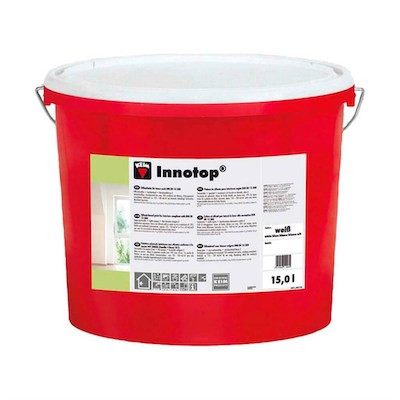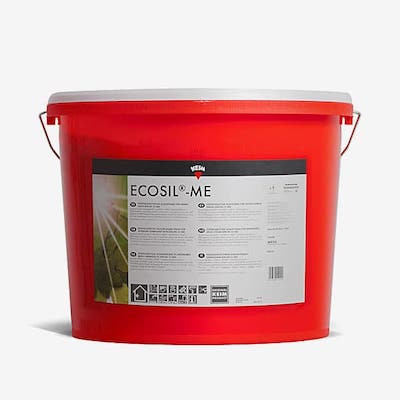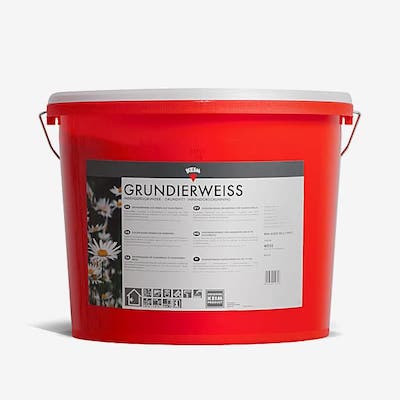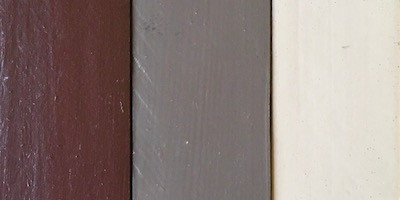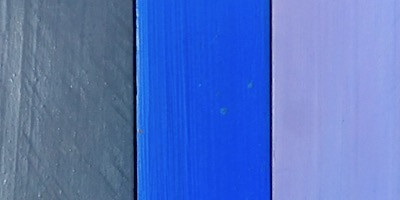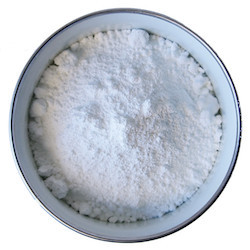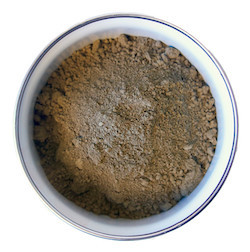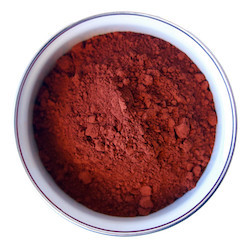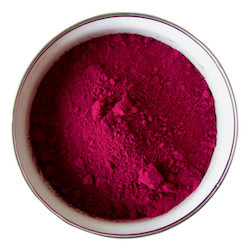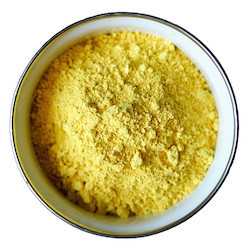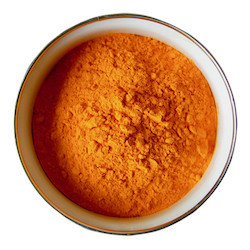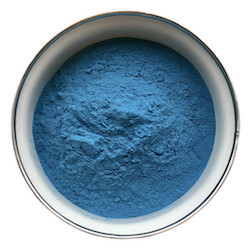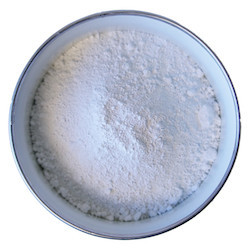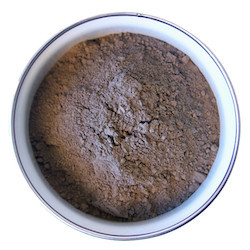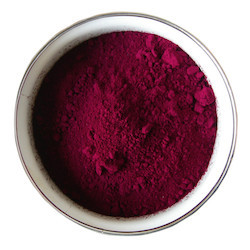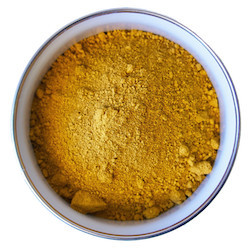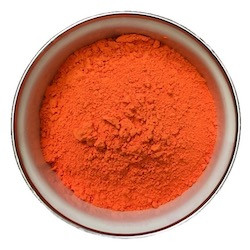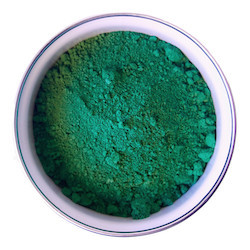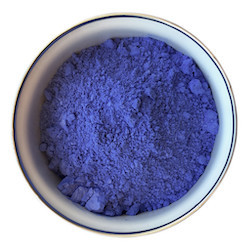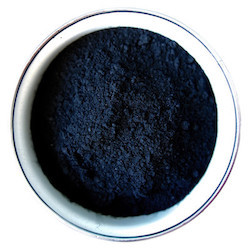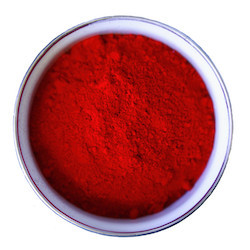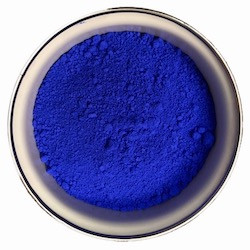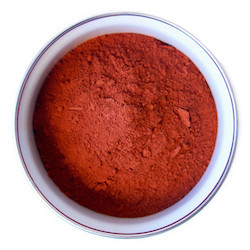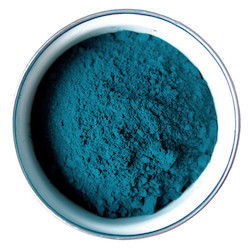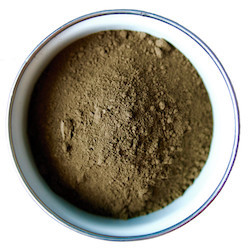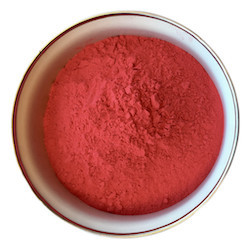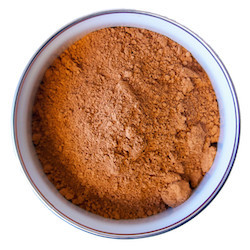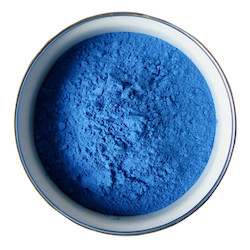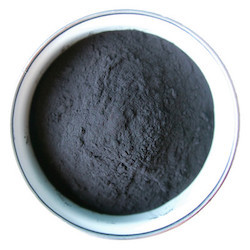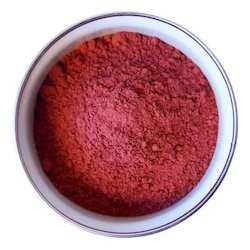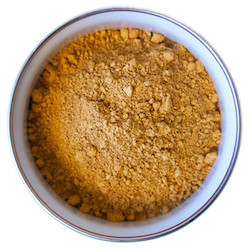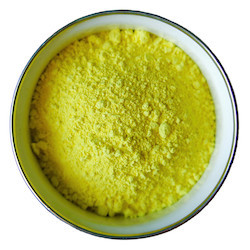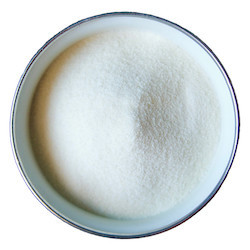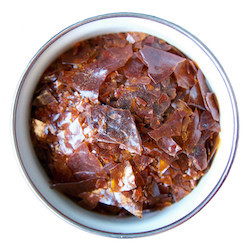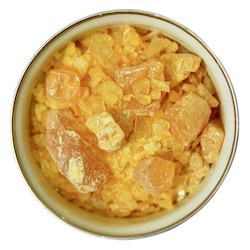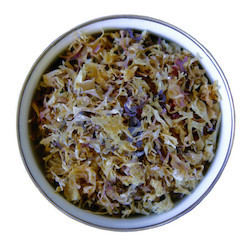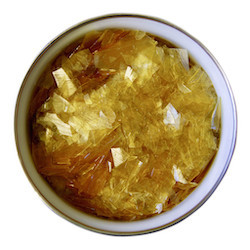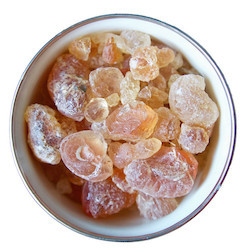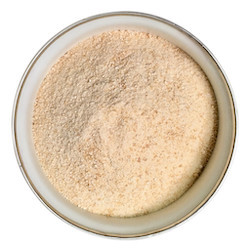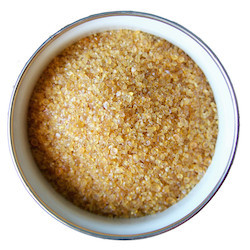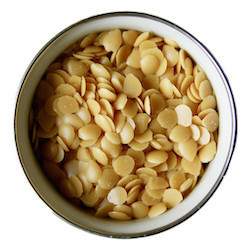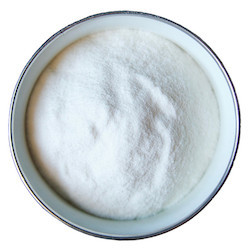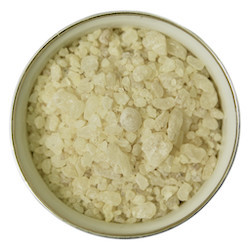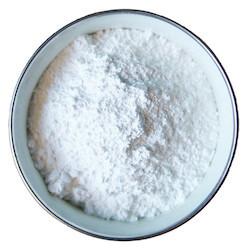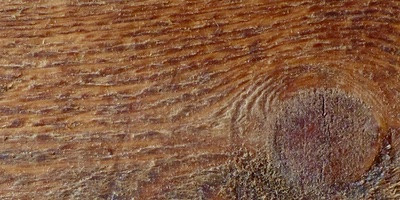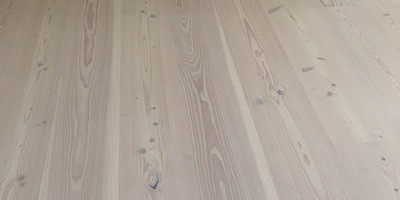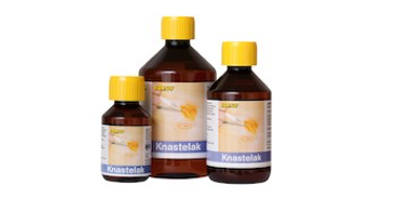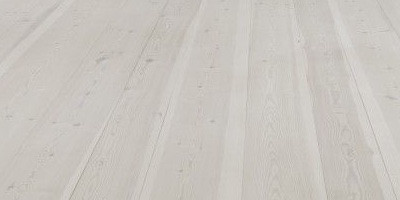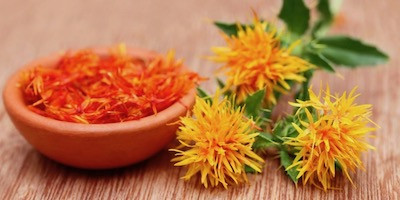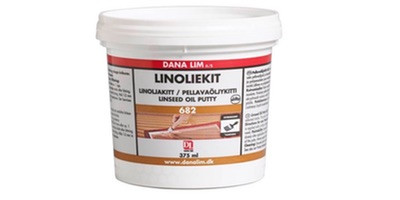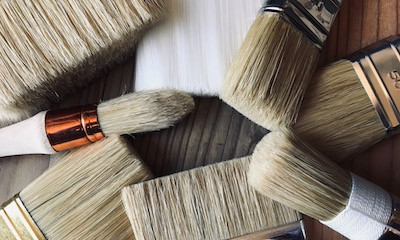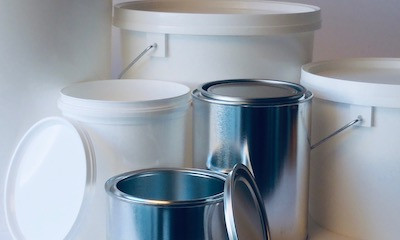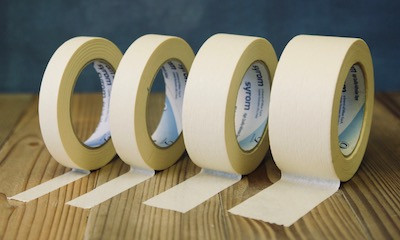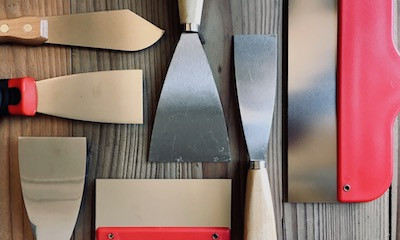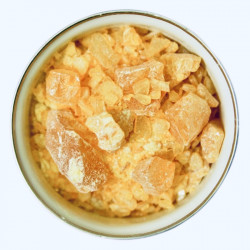-
MenuBack
-
Wall paint
-
-
Nature PaintOur very own wall and ceiling paint, appears matte and is also available in a many colors.
-
Beeswax washBeeswax Wash gives a contrasting look, with a natural play in the surface. For indoor use only.
-
-
Pure & OriginalLime paint for interior use, available in a multitude of pretty and beautiful colors
-
Pure & Original
-
St Astier lime paintLime paint from the Nordic NHL for interior and exterior use. Available in 24 standard colors
-
-
VerdelloA 100% bio-based paint that appears flat, and at the same time is very durable.
-
Verdello in colors
-
Glue PaintGlue paint colors, reflects the light in a soft and felt-like way, and gives the colors a beautiful and soft expression
-
-
Keim SilicateKeim silicate paint is a durable solution that can be used both indoors and outdoors.
-
TemperaTempera is a beautiful, classic and beautiful paint for walls and ceilings.
-
-
Masonry
-
-
Oil Paint
-
-
PIGMENT
-
-
Glue & wax
-
-
Woodwork
-
-
Wallpaper
-
-
Osborne & Little
-
-
Borås tapeter
-
-
-
Accesories
-
Rosin

Rosin
Rosin (resin) comes from the juice of conifers such as pine, spruce and larch. Rosin is supplied in crystalline form and is opaque here. It is crispy and glassy and breaks quite easily. Upon slow heating followed by slow cooling, rosin becomes completely clear and shiny. The melting point of rosin is 55-65 degrees and therefore becomes soft and sticky by hand heat alone. Rosin can also be dissolved with turpentine, alcohol or linseed oil without heating it.
Rosin is used in a wide variety of different types of products. It is used to a very large extent in the lacquer industry, but for example also as an ingredient in sludge paint, to give the surface more abrasion resistance. However, this makes the surface more diffusion-tight. In the past, rosin was dissolved in linseed oil varnish for varnishing floors. What you connect with an old-fashioned floor varnish. The resin has also been used to coat on top of linseed oil paint indoors to get a shinier surface.
Allergy
Not everyone can tolerate rosin, which can trigger permanent contact allergy, so proper protection must be used when working with it.
Rosin
There is 1 product.
Active filters











